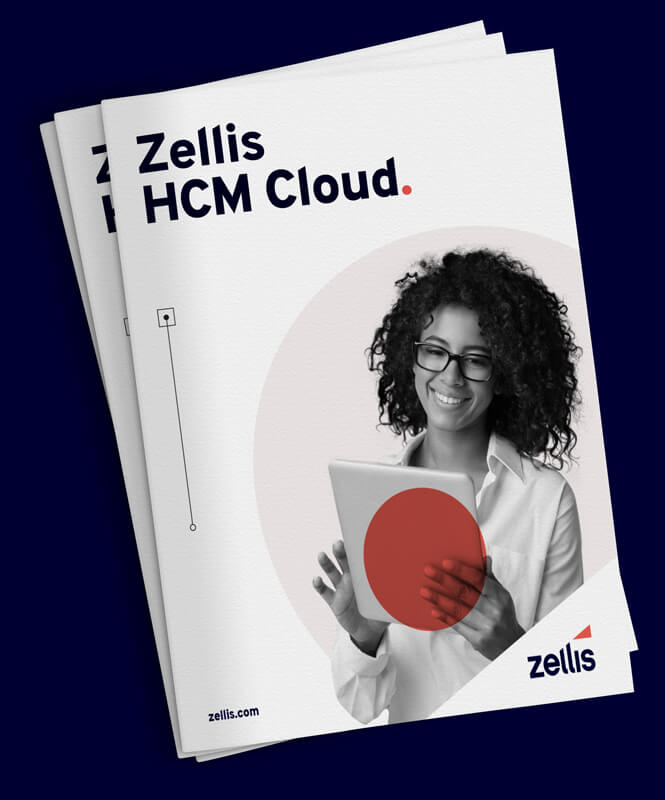Could the COVID-19 crisis present opportunities to accelerate positive developments in the payroll industry?
The COVID-19 pandemic has created unprecedented challenges for organisations up and down the country, with research from Zellis revealing that 30% of payroll teams lost capacity at the peak of the crisis.
Undoubtedly, the crisis will force change in many areas out of necessity, but we shouldn’t just look at it from this perspective. We should also look at it as an opportunity to accelerate positive developments in payroll which, for many organisations, were already in motion before the crisis.
Adoption of cloud payroll systems
It may come as a surprise to learn that in last year’s Future of Payroll report from the CIPP, just 25% of organisations said their payroll software was hosted in the cloud. What would be even more surprising is if we don’t see this figure increase significantly over the next few years, since COVID-19 has done a lot to expose the limitations of on-premise software.
In particular, the ‘new normal’ of remote working will make it more difficult for organisations to persist with technologies which require their payroll teams to be on-site to use them, unlike cloud systems which can be accessed flexibly and reliably from anywhere with an internet connection.
Of course, moving to the cloud can confer further benefits to organisations and their payroll teams as they navigate this indeterminate period of business uncertainty. Critically, it can help cut down on unnecessary expenditure by removing the cost of physical infrastructure. It can also provide high levels of scalability and resource optimisation (particularly in the case of the public cloud), so organisations only pay for the computing power they actually use.
For payroll teams themselves, the cloud can solve another challenge exacerbated by the crisis: the need to quickly implement software upgrades, developed by providers in response to emergency government measures such as the furlough scheme. Difficulties in accessing these upgrades can force payrollers to use manual workarounds, such as spreadsheets, which are much more time-consuming and prone to costly errors.
So, while an on-premise solution may be the traditional choice for payroll teams, the need for greater agility and cost-efficiency could make an industry-wide shift to the cloud inevitable.
Payroll and the employee experience
Despite being one of the only functions that directly affects every staff member in an organisation, payroll hasn’t always been considered central to the employee experience. The COVID-19 crisis represents an opportunity to change this perception.
It’s more important than ever for there to be a timely exchange of information between employees and the payroll department. Payroll teams need this information to ensure individuals continue to be paid accurately as their circumstances change due to, for example, being furloughed or taking emergency time off. At the same time, employees need easy access to their pay and benefits information to improve their financial awareness and wellbeing, especially during these uncertain times.
At the heart of this information exchange is an effective HR self-service system, which allows employees to conveniently view their payslips and benefits statements in their own time, as well as to update their own information as necessary. This in turn also makes life easier for payrollers and HR managers.
Above and beyond this, as we face a likely recession there may be an opportunity for pay, pensions, and benefits professionals to play a more proactive role in employee financial wellbeing – and the employee experience as whole – through learning and support initiatives. In fact, research from Willis Towers Watson revealed that nearly half of organisations have increased their pay and benefits communications as a result of the crisis.
Business continuity and resilience
COVID-19 has certainly put a spotlight on the issue of business continuity and resilience. Up until now, it’s likely that many organisations didn’t believe payroll could be shaken up in such a way that, according to our research, caused 44% to worry about their ability keep their processes running accurately and on-time.
So, do organisations currently have the right contingency measures and support structures in place in case the crisis is protracted, or similar events occur again in the future?
Our research indicates that a sizeable number don’t, as 39% reported that they need to develop more robust business continuity plans in response to the pandemic. This will likely involve identifying the right partners for emergency advice and outsourcing (whether full or bureau), especially considering that typically even very large organisations only have small payroll teams. If just one or two team members became unable to work, it could all of a sudden put payroll continuity under threat.
Another important way to build resilience is to explore further opportunities to automate tasks, thereby cutting down the time taken to deliver large pay runs, and lifting some of the burden off already pressured payroll teams. Again, there are signs that payroll teams will embrace this opportunity, as 27% said they would push for more automation in their operations.
Overall, a third (32%) of organisations said COVID-19 will have a long-term impact on how they conduct the payroll operations. The real task ahead for payroll teams is determining how best to manage this impact in a way that not only protects their day-to-day duties, but also opens the door for real – and perhaps long overdue – transformation.
This article originally appeared in the September 2020 issue of Professional in Payroll, Pension & Reward.















